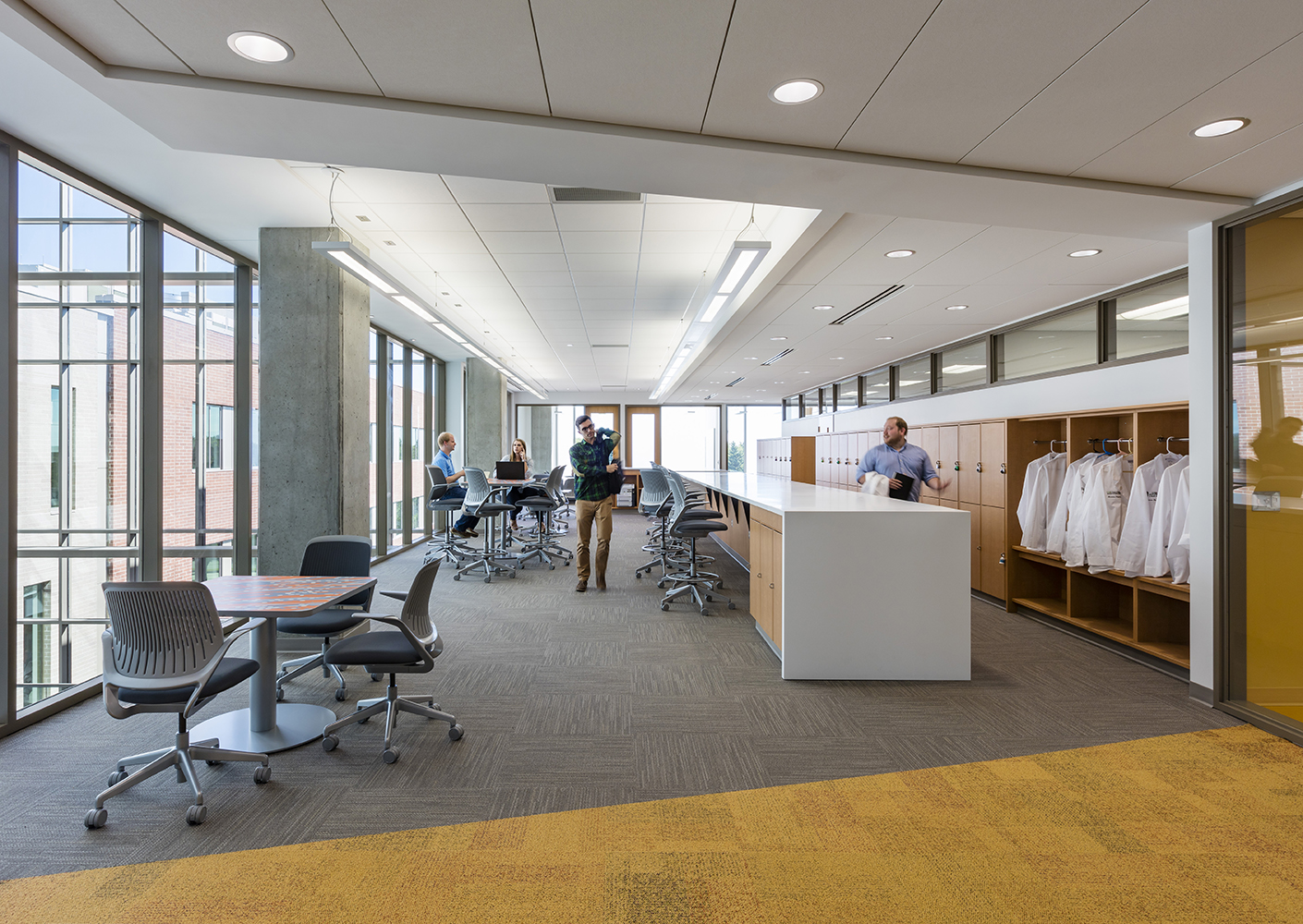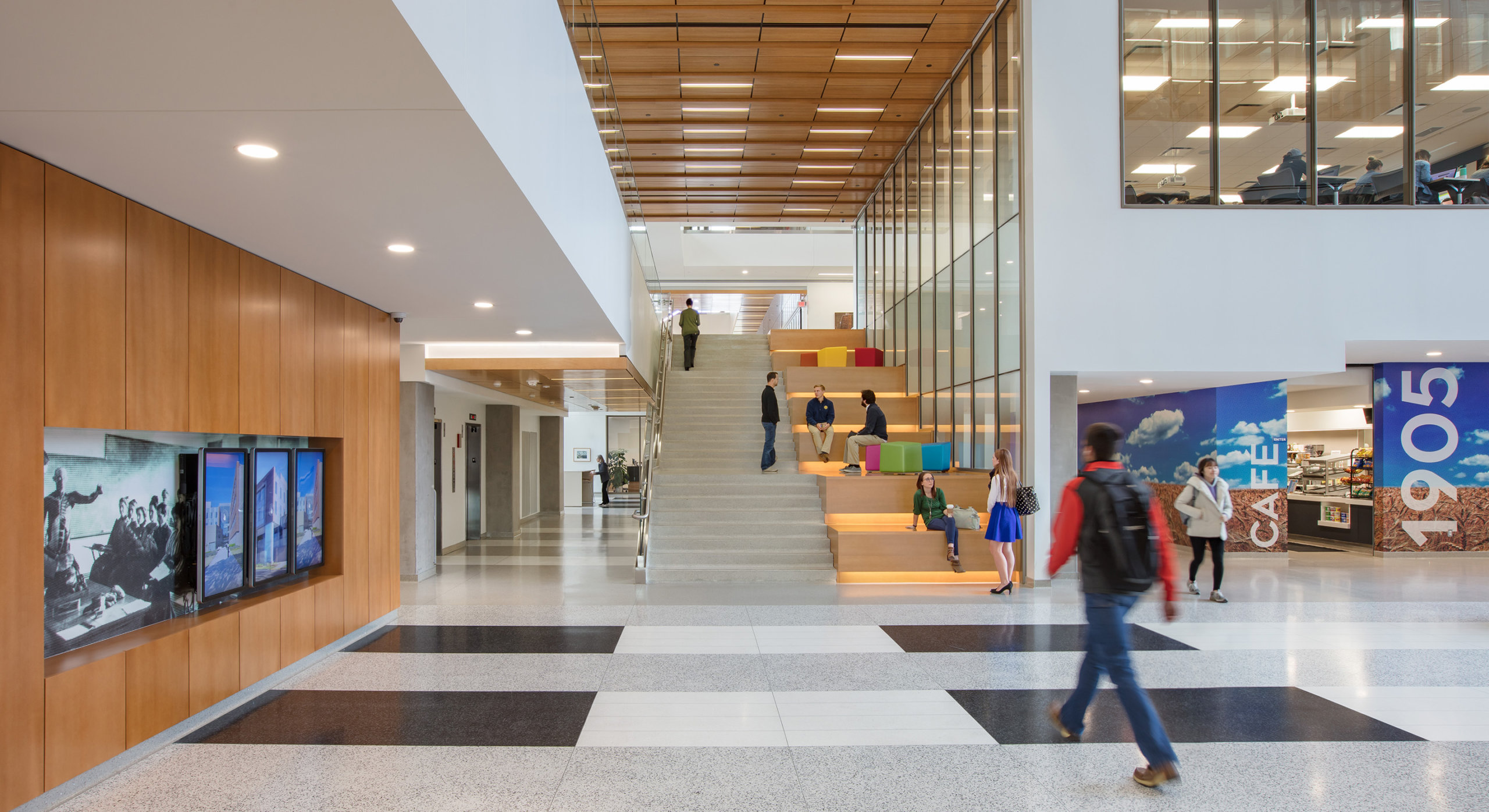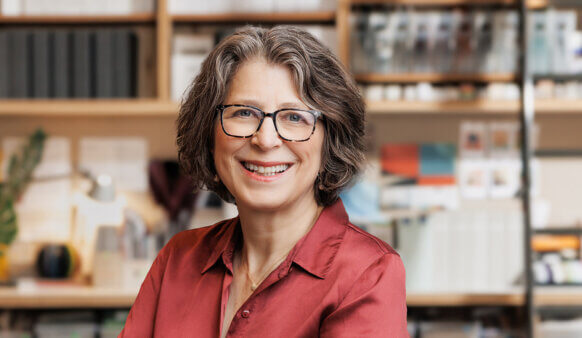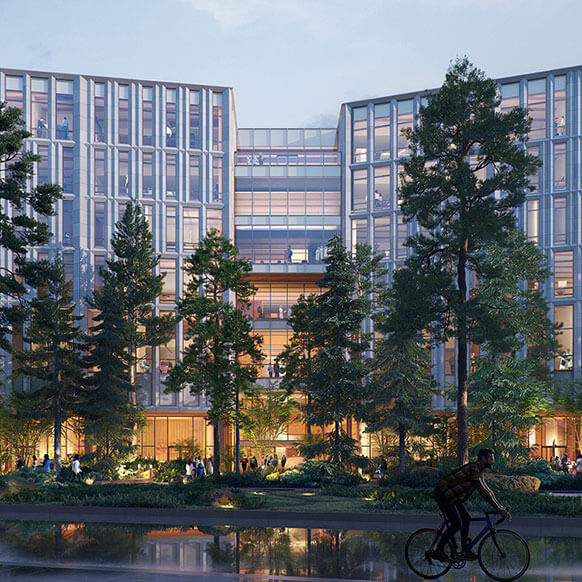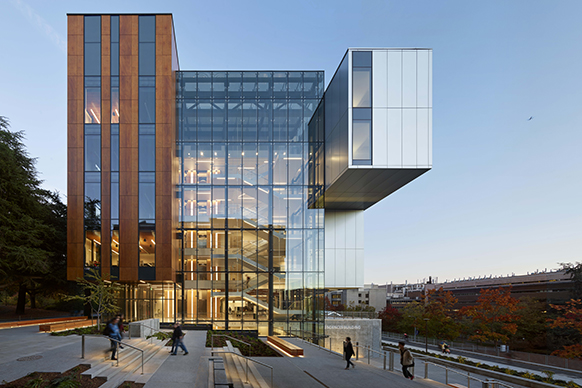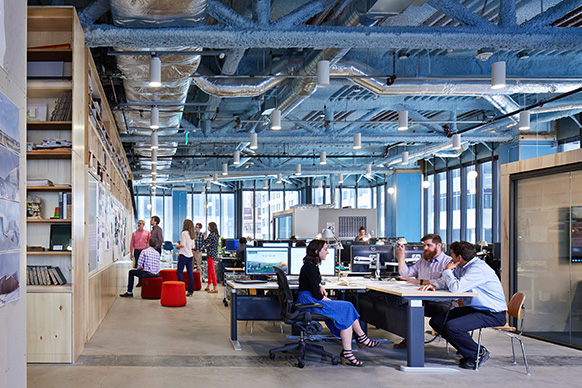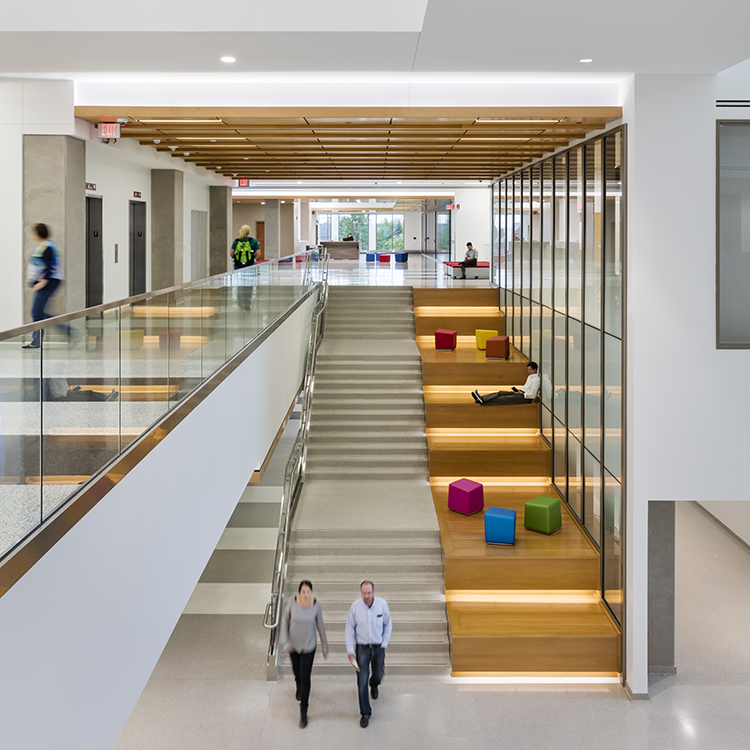
University of North Dakota School of Medicine and Health Sciences
In terms of pushing the envelope, North Dakota isn’t usually at the forefront. However, a big problem loomed on the horizon: there simply wouldn’t be enough doctors in the region to serve the growing population into the future. And so, hundreds of state legislators, city leaders, healthcare educators, design and construction professionals, and the international medical community at-large came together to change the future of healthcare delivery in North Dakota forever.
Collocating medicine, basic science, medical lab science, physician assistant, sports medicine, public health, and occupational and physical therapy programs for the first time, our team provided the University with the opportunity to “re-think everything” about the way it delivers medical and health sciences education.
The largest public project in North Dakota history, the University of North Dakota School of Medicine and Health Sciences (SMHS) redefined the national standard in medical education by creating an interdisciplinary learning environment that totally re-adapted health sciences curriculum and methodologies for generations to come.
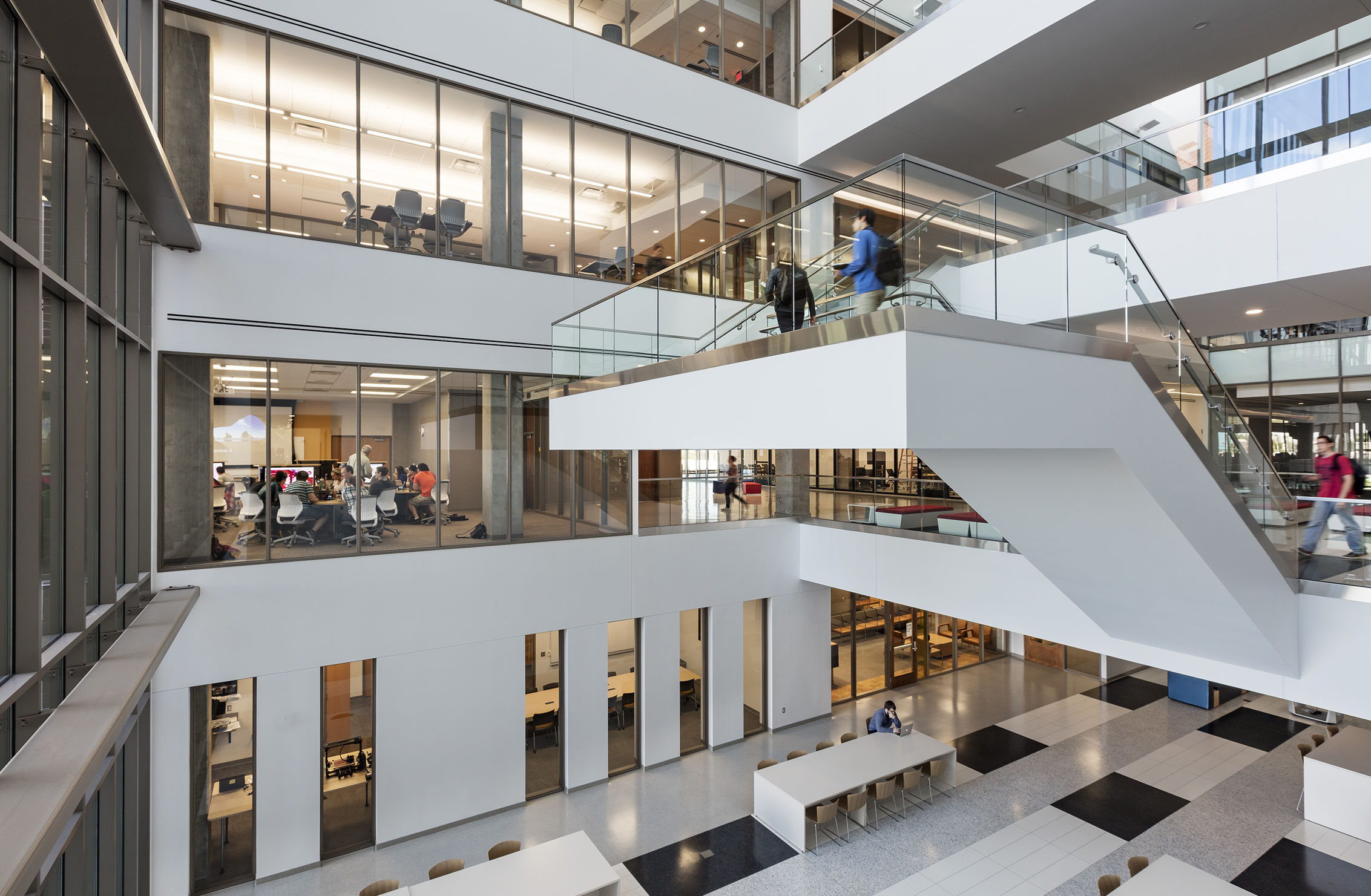
Innovative solutions maximize natural light over the long winter climate of North Dakota, encouraging students, faculty, and visitors to collaborate within the transparent, open circulation linking research, admin, and learning spaces. State-of-the art flexible classrooms, simulation and standardized patient environments, collaborative research spaces, and inter-professional student learning communities prepare students for the future of healthcare.
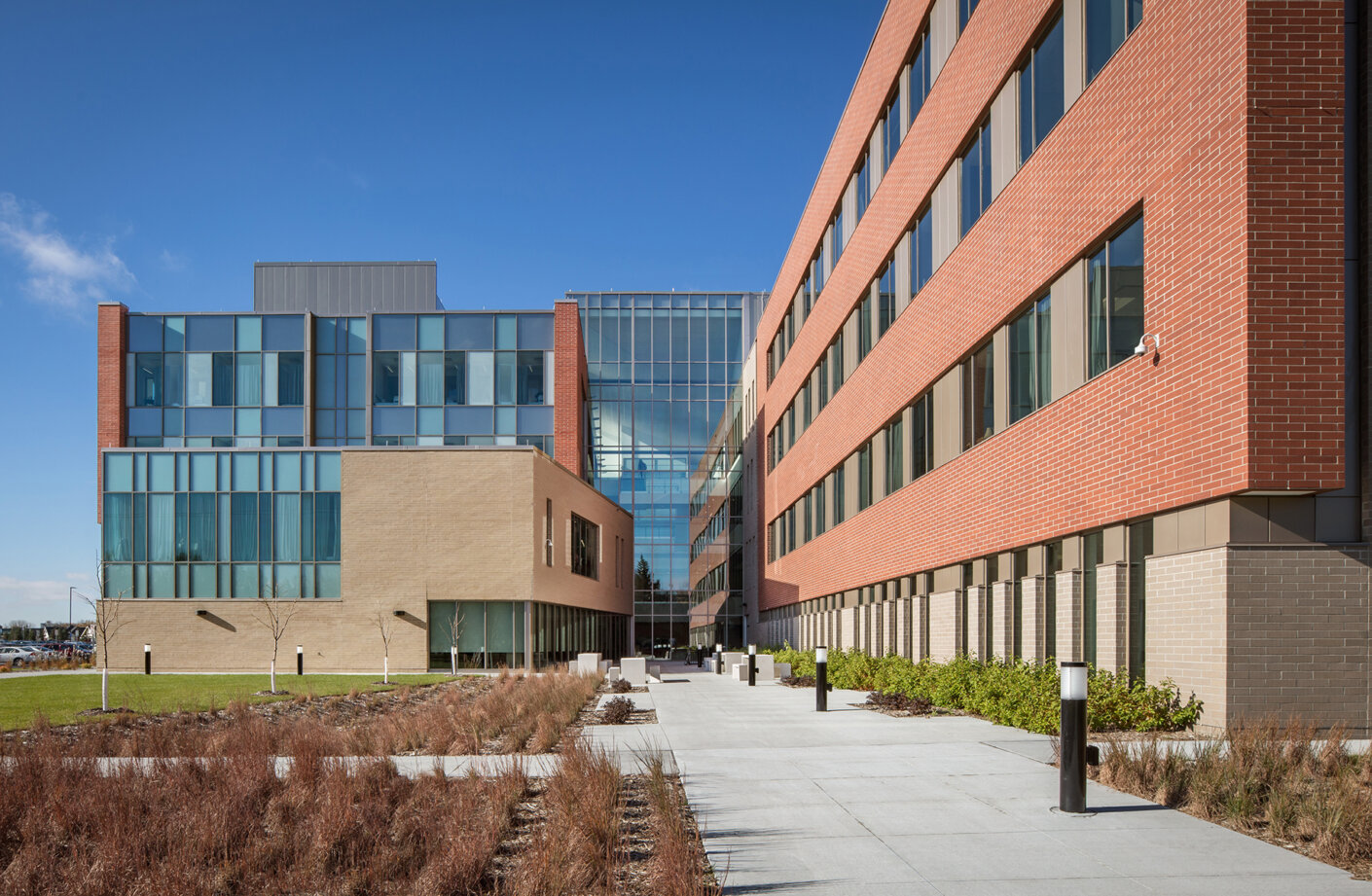
Associate Professor, Occupational Therapy
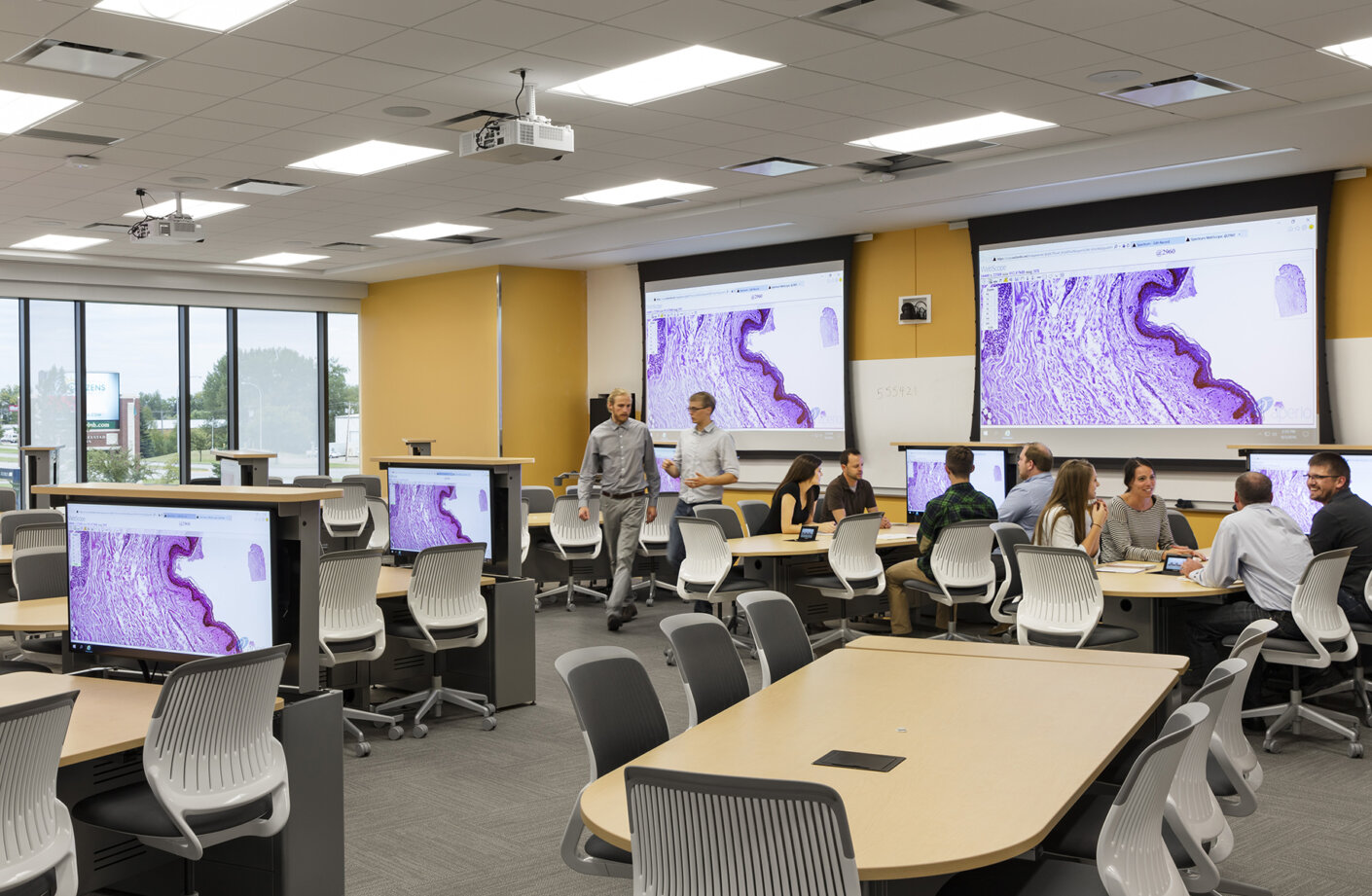
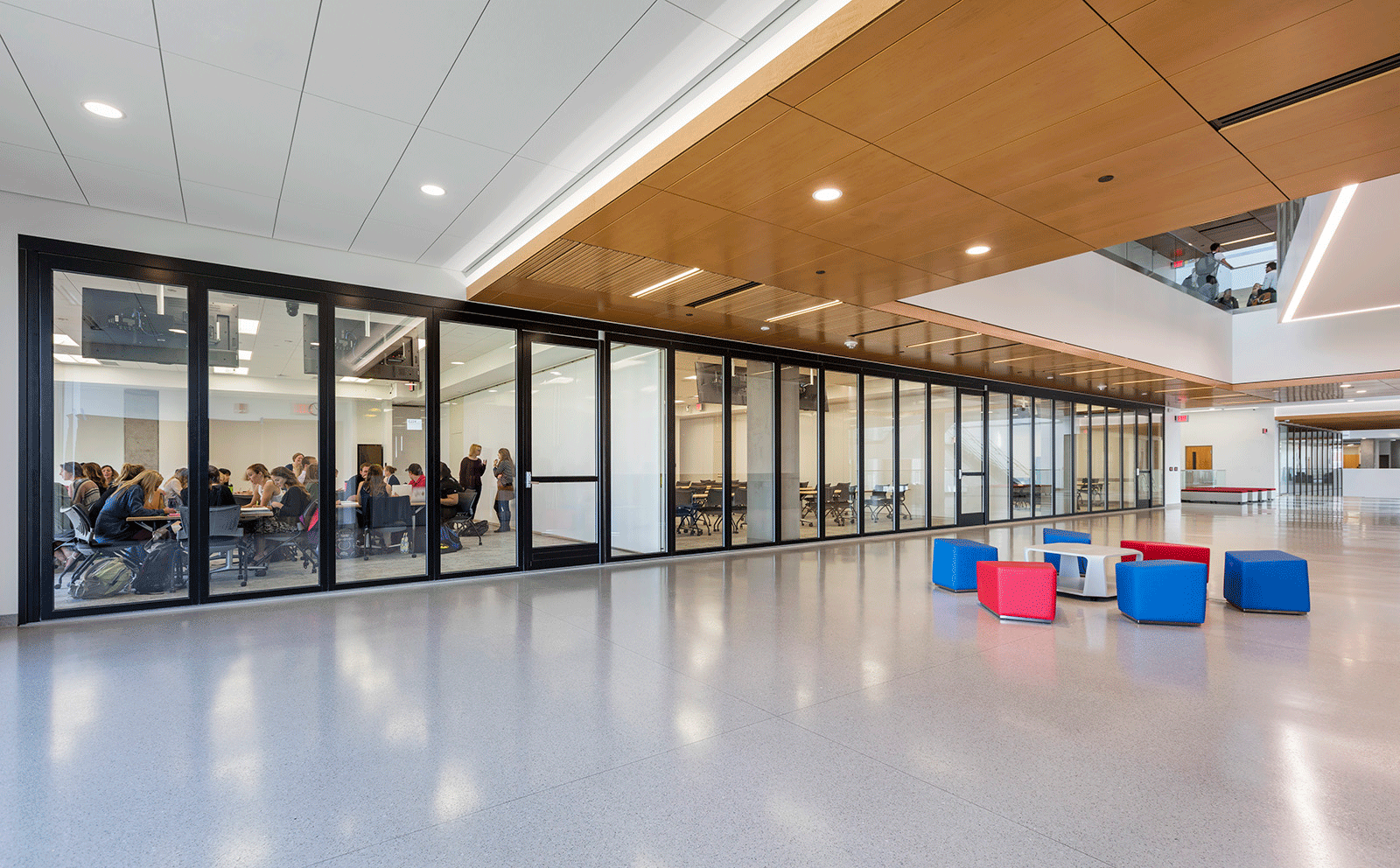
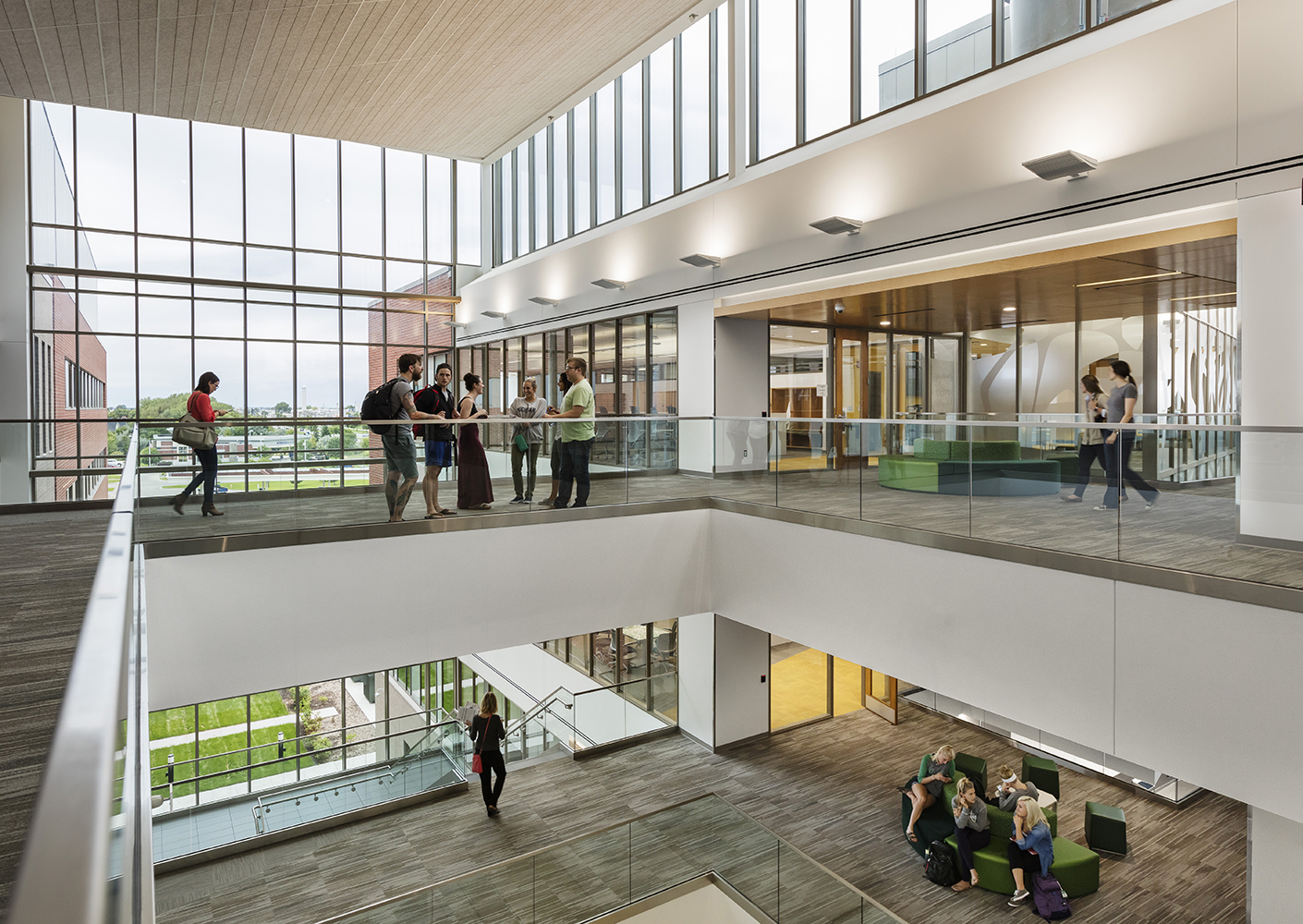
Our team began a Transition Management Program to equip students, faculty, researchers, and staff with the means and the message to build excitement about their upcoming move into a new facility. We conducted an initial workshop with the faculty and staff of the SMHS Building Committee to help define the framework and perspective for future communications, meetings, and events. The culmination of our efforts was the development of an overall communication strategy to guide the Transition Management process from now through move-in.
Technology is inherently woven throughout the new building in an intentional way. With the goal of improving patient safety and care, the state-of-the art simulation facility offers a clinical setting where health care professionals can actively apply their knowledge in simulation, observation, and debriefing of real-life patient scenarios. This facility features multiple high-fidelity manikins and computer technology to simulate real-life patients, video observation viewable from debrief rooms, and innovative curriculum and training programs.
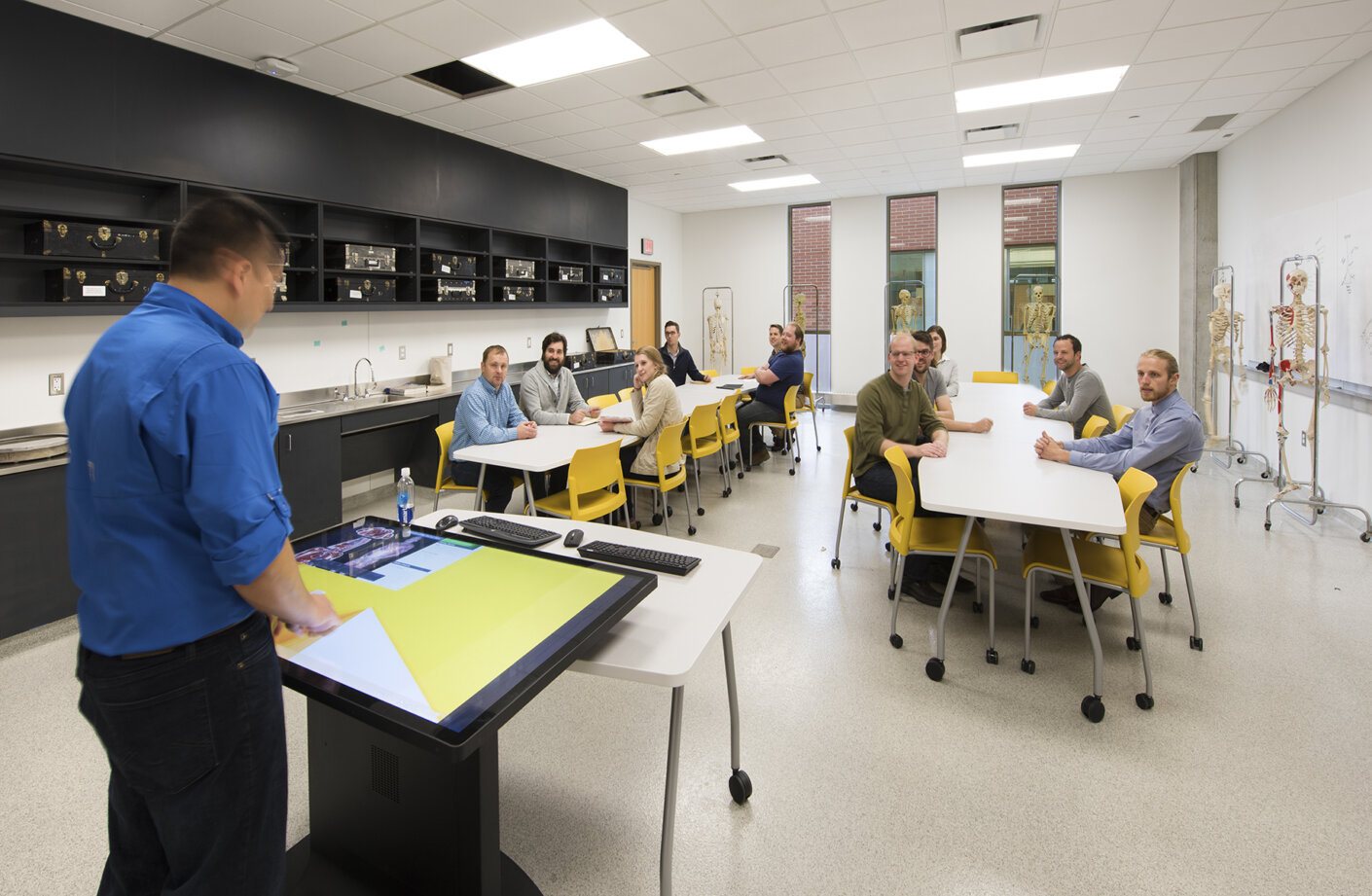

The current and future of healthcare is an integrated team-based model of collective knowledge sharing for patient success. For a seamless transition from academia to the healthcare workforce, UND dedicated over 17,000 assignable square feet to foster interprofessional collaboration by creating eight ‘learning communities’ each serving 100 students from various disciplines.
These learning communities allow abundant opportunities for cross-pollination of ideas to be shared, break down physical and non-physical boundaries between departments, and generate opportunities for dynamic social and professional interactions.
